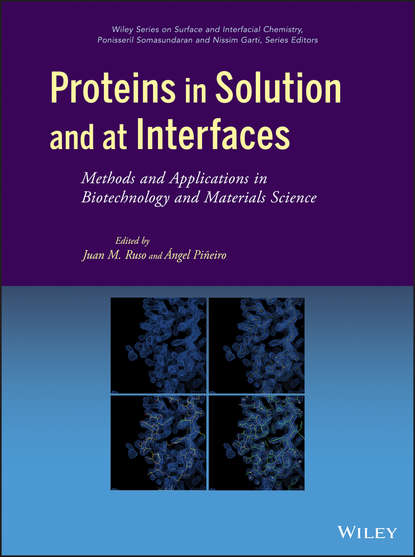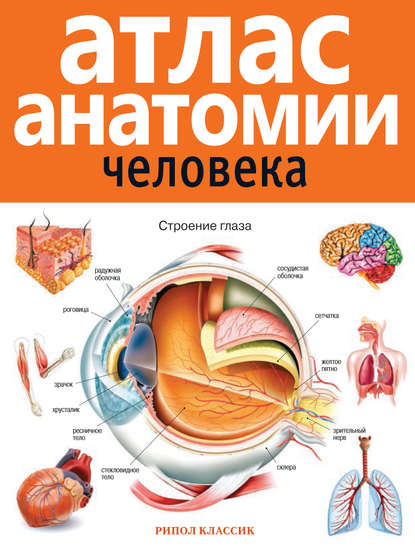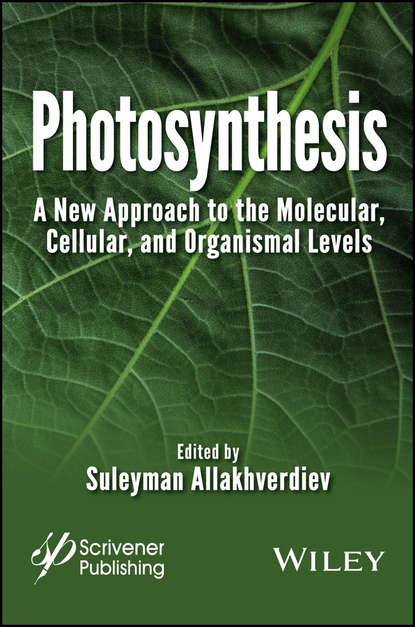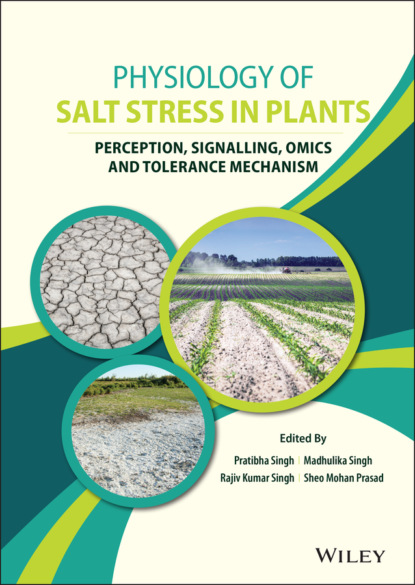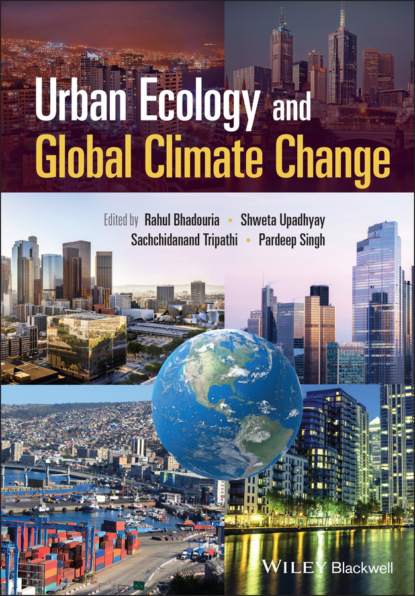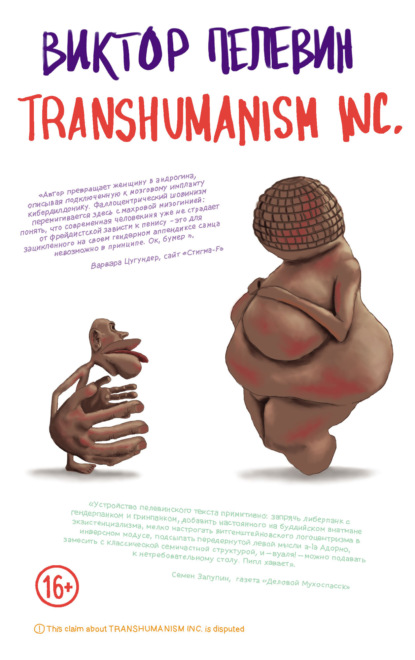Книга "Белки в растворе и на границах" исследует новые возможности, возникающие благодаря нашему последнему пониманию белков в растворе и на границах, которые все чаще становятся отправной точкой для увлекательных новых приложений, от биомиметических материалов до наночастиц. Книга дает обзор состояния науки в этой области и предлагает исследователям текущее понимание характеристик белков в растворе и на границах, а также методы, используемые для их изучения. Кроме того, авторы исследуют многие новые и возникающие приложения, которые возникли в результате последних исследований. В книге рассматриваются такие темы, как структура белков и белковых агрегатов; вычислительные и экспериментальные методы для изучения структуры, агрегации и адсорбции белков; белки в нестандартных условиях; и приложения в биотехнологии.
"Белки в растворе и на границах" разделена на две части. Первая часть представляет концепции, а также теоретические и экспериментальные методы, используемые для изучения белковых систем, включая рентгеноструктурный анализ, ядерный магнитный резонанс, малоугловое рассеяние и спектроскопические методы. Вторая часть рассматривает текущие и новые приложения, включая наноматериалы, природные волокнистые белки и биомолекулярную термодинамику. Книга содержит 23 главы, написанные ведущими экспертами в области, основанные на тщательном обзоре последних научных исследований и опыте авторов. Главы начинаются с обсуждения основных концепций, постепенно увеличивая сложность и заканчивая прогнозом будущего развития. Читатели не только получат текущее понимание белков в растворе и на границах, но также узнают, как теоретические и технические разработки в этой области могут быть применены в новых приложениях в дизайне материалов, генной инженерии, персонализированной медицине, доставке лекарств, биосенсорах и биотехнологии.
The best books are books you could spend days getting lost in. After reading dozens of books in a wide range of subjects, I find that the truly great ones almost always spark this hunger within me to learn more. “Proteins in Solution and At Interfaces” is just such a book.
Электронная Книга «Proteins in Solution and at Interfaces» написана автором Группа авторов в году.
Минимальный возраст читателя: 0
Язык: Английский
ISBN: 9781118523186
Описание книги от Группа авторов
Explores new applications emerging from our latest understanding of proteins in solution and at interfaces Proteins in solution and at interfaces increasingly serve as the starting point for exciting new applications, from biomimetic materials to nanoparticle patterning. This book surveys the state of the science in the field, offering investigators a current understanding of the characteristics of proteins in solution and at interfaces as well as the techniques used to study these characteristics. Moreover, the authors explore many of the new and emerging applications that have resulted from the most recent studies. Topics include protein and protein aggregate structure; computational and experimental techniques to study protein structure, aggregation, and adsorption; proteins in non-standard conditions; and applications in biotechnology. Proteins in Solution and at Interfaces is divided into two parts: Part One introduces concepts as well as theoretical and experimental techniques that are used to study protein systems, including X-ray crystallography, nuclear magnetic resonance, small angle scattering, and spectroscopic methods Part Two examines current and emerging applications, including nanomaterials, natural fibrous proteins, and biomolecular thermodynamics The book's twenty-three chapters have been contributed by leading experts in the field. These contributions are based on a thorough review of the latest peer-reviewed findings as well as the authors' own research experience. Chapters begin with a discussion of core concepts and then gradually build in complexity, concluding with a forecast of future developments. Readers will not only gain a current understanding of proteins in solution and at interfaces, but also will discover how theoretical and technical developments in the field can be translated into new applications in material design, genetic engineering, personalized medicine, drug delivery, biosensors, and biotechnology.
